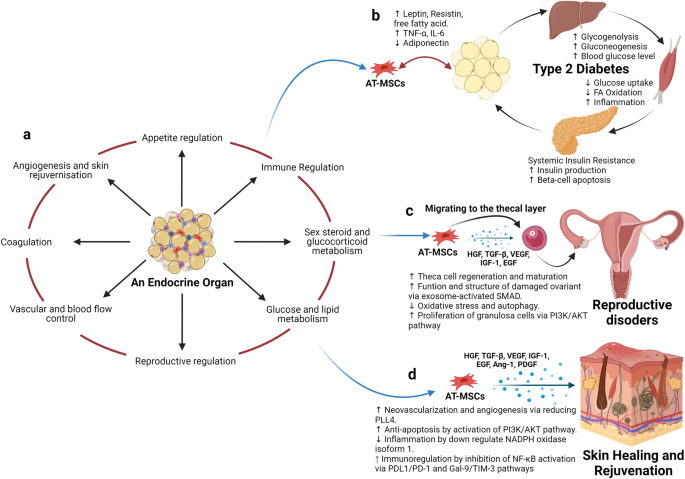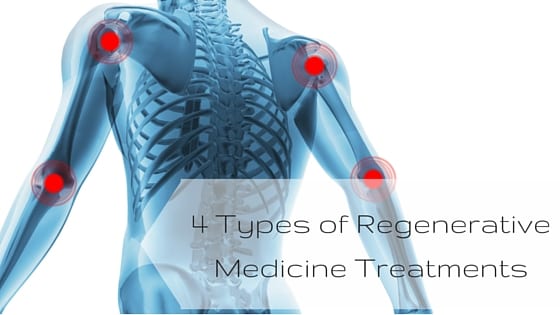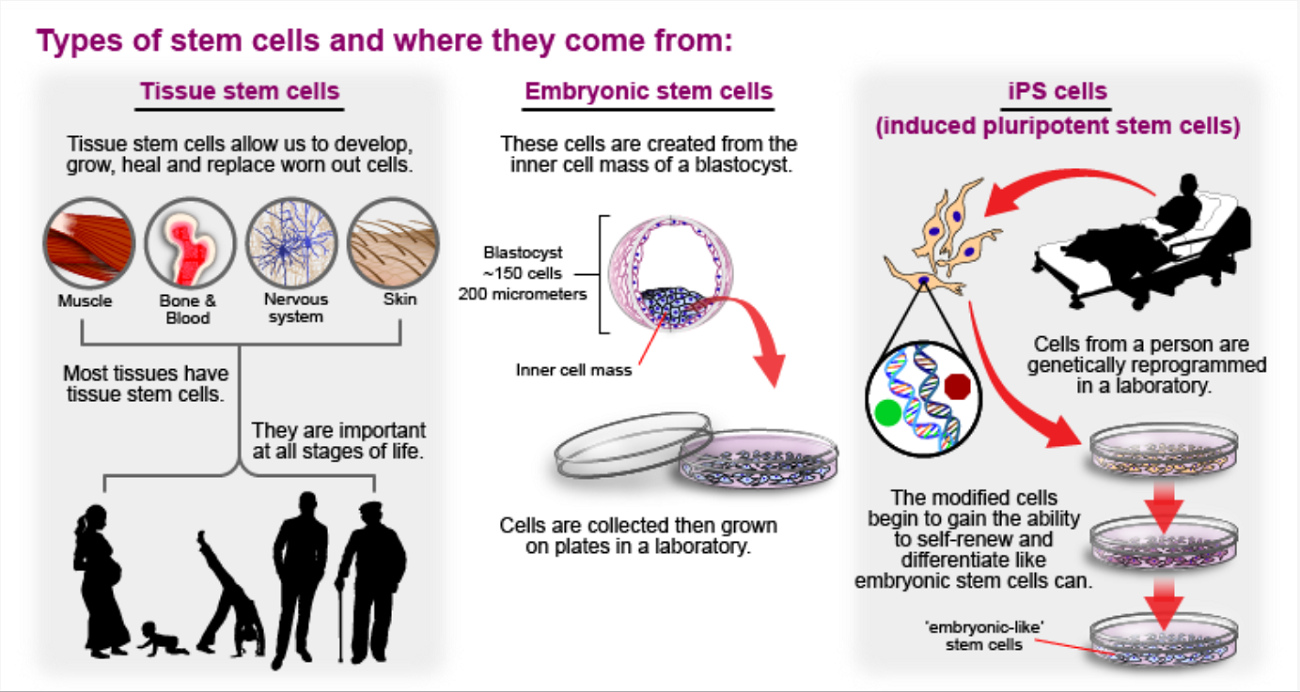Table of Contents

[/image][=video]
[/video]
There are lots of sorts of stem cells. Generally, the term stem cell describes a classification of cells that trigger other cells (like skin, blood, heart, and muscle mass cells) by replicating and distinguishing in reaction to chemical hints. Totipotent stem cells appear at the earliest phase of advancement and are the only stem cells which can produce beginning stem cells and the placenta.
Bone marrow transplant (BMT) is a special treatment for patients with particular cancers or various other conditions. A bone marrow transplant includes taking cells that are normally discovered in the bone marrow (stem cells), filtering system those cells, and providing back either to the benefactor (patient) or to an additional person. The goal of BMT is to transfuse healthy and balanced bone marrow cells into a person after his or her own undesirable bone marrow has actually been dealt with to kill the uncommon cells.
Bone marrow is the soft, squishy tissue found inside bones. It is where many of the body's blood cells develop and are saved. The blood cells that make various other blood cells are called stem cells. The most primitive of the stem cells is called the pluripotent stem cell. This is different than various other blood cells with respect to the following residential properties: It has the ability to reproduce an additional cell the same to itself.
It is the stem cells that are needed in bone marrow transplant. The goal of a bone marrow transplant is to cure several illness and sorts of cancer. When the dosages of chemotherapy or radiation needed to cure a cancer cells are so high that a person's bone marrow stem cells will certainly be completely harmed or damaged by the treatment, a bone marrow transplant may be required.
Perimenopause Treatment
This procedure is frequently called rescue. Change bone marrow with genetically healthy functioning bone marrow to stop more damage from a hereditary disease procedure (such as Hurler's syndrome and adrenoleukodystrophy). The risks and advantages have to be weighed in a thorough discussion with your doctor and professionals in bone marrow transplants before the treatment.
There are different kinds of bone marrow transplants depending on who the donor is. The different types of BMT consist of the following: The donor is the individual himself or herself. Stem cells are extracted from the individual either by bone marrow harvest or apheresis (a procedure of accumulating outer blood stem cells), icy, and afterwards returned to the person after extensive treatment.
The contributor shares the exact same genetic kind as the patient. Stem cells are taken either by bone marrow harvest or apheresis from a genetically matched contributor, usually a bro or sibling. Various other donors for allogeneic bone marrow transplants may consist of the following: A haploid-identical suit is when the benefactor is a moms and dad and the genetic suit goes to the very least half the same to the recipient.

Matching involves keying human leukocyte antigen (HLA) cells. The antigens externally of these unique leukocyte figure out the hereditary makeup of an individual's body immune system. There go to least 100 HLA antigens; however, it is thought that there are a few major antigens that identify whether a benefactor and recipient suit.
Medical study is still exploring the function all antigens play in the procedure of a bone marrow transplant. The even more antigens that match, the better the engraftment of donated marrow. Engraftment of the stem cells occurs when the contributed cells make their method to the marrow and start making brand-new blood cells.
Regenerative Therapy
All people work with each other to provide the most effective possibility for an effective transplant. The group is composed of the following: Doctor that concentrate on oncology, hematology, immunology, and bone marrow transplantation. A nurse who arranges all aspects of care given before and after the transplant. The registered nurse planner will certainly give individual education and learning, and coordinates the diagnostic testing and follow-up treatment.
Specialists that will assist you fulfill your nutritional demands prior to and after the transplant. Several various other group members will review you prior to transplantation and will certainly offer follow-up treatment as needed.

A full case history and physical examination are performed, consisting of multiple examinations to assess the person's blood and organ features (for instance, heart, kidney, liver, and lungs). An individual will frequently come into the transplant facility up to 10 days prior to transplant for hydration, analysis, placement of the main venous line, and various other preparations.
Blood items and medicines will be given through the catheter throughout treatment. For an allogeneic transplant, a suitable (tissue keyed in and matched) contributor has to be offered. Locating a matching contributor can be a tough and extensive procedure, especially if a brother or sister match is not available. Volunteer marrow contributors are registered in a number of national and international computer system registries.
Contributor sources readily available include: self, sibling, moms and dad or relative, nonrelated individual, or umbilical cable from a relevant or nonrelated individual. There are nationwide and worldwide computer registries for nonrelated individuals and cable blood. Some member of the family may be keyed in due to the desire to assist. These loved ones may or might not elect to have their type registered for usage with various other recipients.
Regenerative Therapy servicing Burton, Michigan
Examinations associated with his or her wellness, exposure to infections, and genetic analysis will certainly be done to identify the degree of the match. The benefactor will be given guidelines on exactly how a bone marrow contribution will certainly be made. As soon as a match for a patient needing a bone marrow transplant is located, after that stem cells will be gathered either by a bone marrow harvest.
Or by a peripheral blood stem cell collection. This is where stem cells are collected from the distributing cells in the blood. Of the two, outer blood stem cell donations are now a lot more typical. Cord blood has already been gathered at the time of a birth and saved for later use.
Navigation
Latest Posts
Menopause Therapy
Perimenopause Treatment servicing Burton, Michigan
Perimenopause Treatment